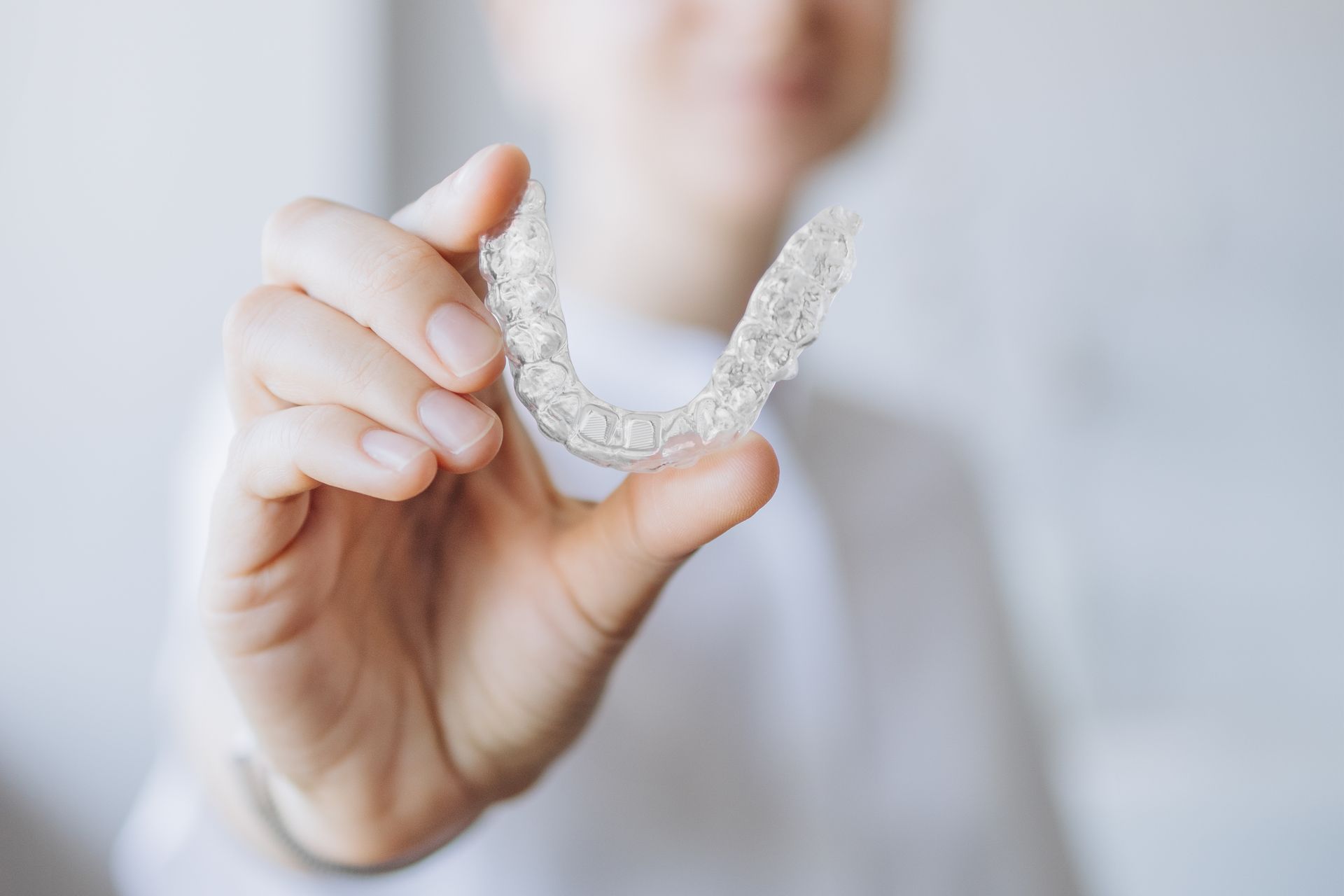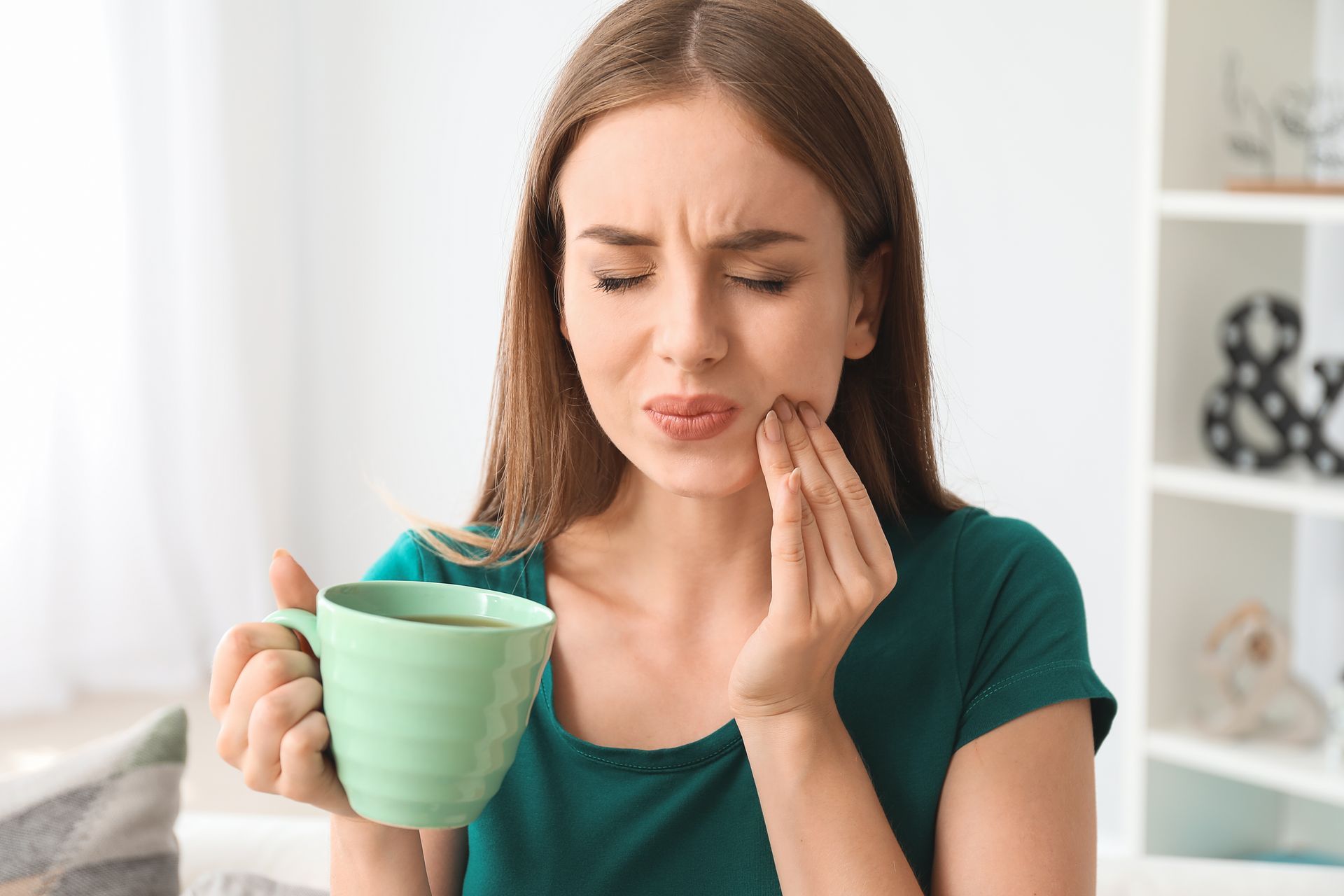How to Handle Your Child’s First Loose Tooth
Every parent knows that growing up involves many exciting firsts for their child. One of these milestones is when your child gets their first loose tooth. This experience can be thrilling yet a bit scary for both you and your little one. Understanding what to expect and how to handle it can make this moment smooth and memorable.
A loose tooth means your child is growing, and their permanent teeth are ready to emerge. This process usually starts around age six, but it can vary from child to child. While some kids might have a wiggly tooth that easily falls out, others may need a bit more help. Knowing the right steps to take ensures their comfort and encourages good dental habits moving forward.
In this article, we will guide you through what to expect when your child's tooth becomes loose, the steps to help them, fun and gentle ways to ease the tooth out, and how to care for the new gap while promoting good dental practices. With the right approach, you can help your child feel confident and excited about this natural part of growing up.
Understanding the Process of a Loose Tooth: What to Expect
When your child has their first loose tooth, it's a sign that their baby teeth are making way for permanent ones. This process is both natural and necessary for proper dental development. Typically, children start to lose their baby teeth around age six, though it's normal for this to happen a bit earlier or later.
The tooth becomes loose because the root begins to dissolve. This happens gradually, and the tooth will start to wiggle more as the root dissolves further. You might notice your child playing with the loose tooth using their tongue. This wiggling is actually good because it helps the tooth detach naturally.
It's important to reassure your child that losing baby teeth is a part of growing up. Some children might be excited, while others might feel a bit scared. Explaining the process simply and calmly can make them feel more at ease. Let them know that the new tooth pushing through will be stronger and more permanent.
Steps to Take When Your Child's Tooth Becomes Loose
When you first notice your child's loose tooth, there are several steps you can take to ensure everything goes smoothly.
1. Stay Calm and Supportive: Your calm attitude will help your child feel more comfortable with the process. Explain to them that it's a normal part of growing up.
2. Encourage Gentle Wiggling:
Advise your child to gently wiggle the tooth with their tongue or clean fingers. This helps the tooth come out naturally.
3. Maintain Good Oral Hygiene:
Even though the tooth is loose, your child should still brush and floss regularly, being gentle around the wiggly tooth. This keeps the area clean and free of bacteria.
4. Monitor the Tooth: Keep an eye on the tooth’s progress. If it seems painful or takes too long to come out, it might be a good idea to visit the dentist.
5. Handle Any Bleeding:
When the tooth finally comes out, there might be a bit of bleeding. Have your child bite down on a piece of clean gauze for a few minutes to help stop the bleeding.
By taking these steps, you can ensure your child’s first loose tooth experience is positive and stress-free. This foundational approach will make losing future teeth a lot easier for both of you.
Fun and Gentle Ways to Ease the Tooth Out
Making the process fun can help your child feel more relaxed about their loose tooth. Here are a few gentle methods to encourage the tooth to come out naturally:
1. Eating Crunchy Foods:
Offer your child crunchy foods like apples, carrots, or celery. These foods can help loosen the tooth further while being healthy and fun to eat.
2. Wiggly Tooth Dance: Turn the process into a game. Create a fun tooth wiggling dance where your child uses their tongue or a clean finger to move the tooth. Sing a silly song to make it even more enjoyable.
3. Tooth Fairy Countdown: Use the excitement of the Tooth Fairy to motivate your child. Mark the days on a calendar leading up to when the tooth might fall out and let your child mark off each day.
4. Story Time:
Read stories about teeth and the Tooth Fairy. This can help your child feel more comfortable and excited about losing their tooth.
These gentle and fun methods can make the experience of losing a tooth less intimidating and more entertaining for your child.
Caring for the New Gap and Encouraging Good Dental Habits
Once the tooth is out, it’s important to care for the new gap properly and continue encouraging good dental habits:
1. Rinse with Warm Salt Water:
Have your child rinse their mouth with warm salt water to keep the gap clean and to soothe any discomfort. This helps prevent infection and promotes healing.
2. Maintain Oral Hygiene: Continue to brush and floss regularly, even around the new gap. Using a soft toothbrush can make this easier and more comfortable for your child.
3. Eat Soft Foods: For the next day or two, provide soft foods that are gentle on the new gap. Foods like yogurt, mashed potatoes, and soups are good options.
4. Encourage Healthy Eating:
Reinforce the importance of healthy eating for strong teeth. Limit sugary snacks and encourage vegetables, fruits, and other nutritious foods.
5. Visit the Dentist: Schedule a regular dental check-up to ensure everything is progressing well. The dentist can provide additional tips on caring for the new gap and maintaining overall dental health.
By taking these steps, you help your child keep their mouth healthy and set the stage for a lifetime of good dental habits.
Conclusion
Handling your child's first loose tooth can be a mix of excitement and concern. Understanding the process and knowing the right steps to take can make this milestone a positive experience for both you and your child. Remember to stay calm, encourage gentle wiggling, and make the experience fun with creative approaches. Once the tooth is out, proper care for the new gap and maintaining good dental habits are essential.
By following these guidelines, you not only ensure your child's comfort but also foster a healthy attitude towards dental care. At Aria Dental of Annapolis, we are dedicated to providing gentle, family-oriented dental care to help you and your child through every stage of their dental development. Schedule your child’s next dental check-up with our
Annapolis dentist today to keep their smile bright and healthy.



Share This Post

